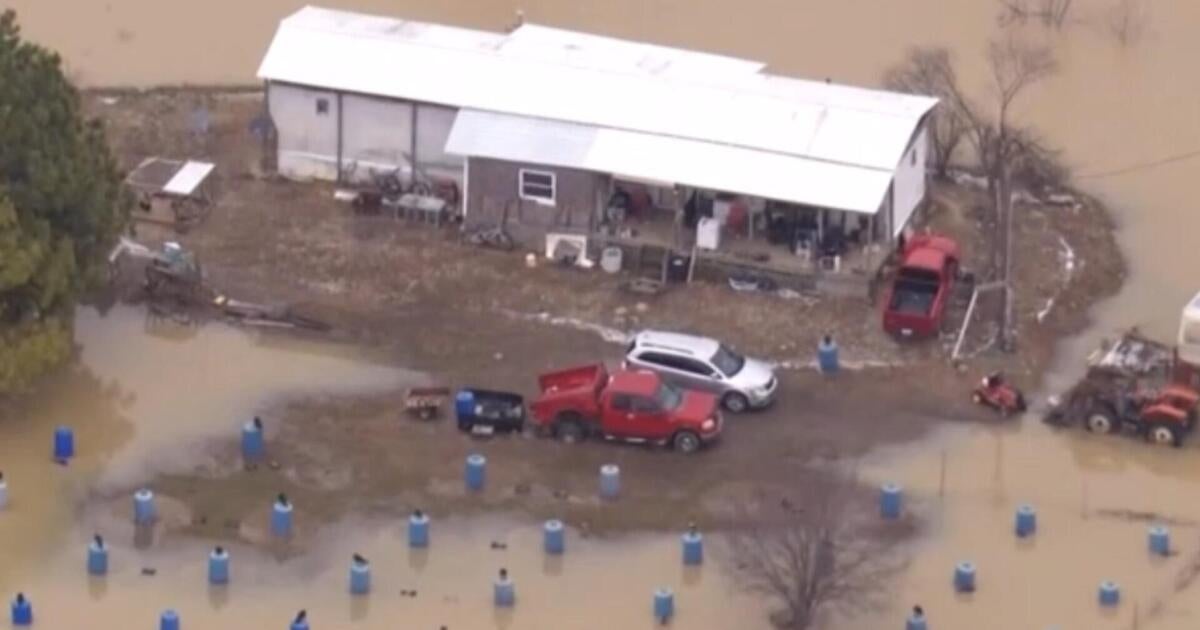Kentucky’s Flooding Crisis: A Stark Comparison to Winter Storms of the Past
As Kentucky grapples with unprecedented flooding, it is crucial to examine how this disaster compares to the state’s historical winter storms. The recent flooding has brought to light the vulnerabilities of our infrastructure and the urgent need for climate resilience and disaster preparedness. This article explores the implications of these weather phenomena, highlighting expert analyses and insights into the broader context of Kentucky’s environmental challenges.
The Current Flooding Crisis
In the summer of 2023, Kentucky experienced some of the worst flooding in its recorded history. The deluge was triggered by a series of thunderstorms that dropped record amounts of rain in a short period, overwhelming rivers and streams. Areas such as Eastern Kentucky were hit particularly hard, leading to devastating impacts on local communities.
Emergency services worked around the clock, rescuing residents stranded by rising waters. The destruction of homes, roads, and essential infrastructure has led to significant economic losses and displacement of families. As recovery efforts continue, the comparison to past winter storms provides a lens through which to understand the nature of this disaster.
Historical Context: Winter Storms in Kentucky
Kentucky has a long history of winter storms, characterized by heavy snowfall and ice accumulation. These events have often caused widespread disruptions, including power outages, travel delays, and property damage. Some notable winter storms, like the ice storm of 2009, paralyzed the state, leaving hundreds of thousands without electricity for days.
While both flooding and winter storms can wreak havoc, their impacts differ significantly:
- Duration of Impact: Winter storms often result in extended power outages and travel disruptions, while flooding can lead to immediate and catastrophic damage that might not be as prolonged.
- Geographic Variability: Flooding tends to affect specific regions more severely, particularly low-lying areas, whereas winter storms can cover vast expanses of the state.
- Economic Consequences: Flooding can destroy homes and businesses instantly, leading to significant economic challenges, while winter storms typically result in repair costs over time.
Climate Change and Its Role
Experts suggest that the increasing frequency and intensity of flooding events in Kentucky may be linked to climate change. Warmer temperatures lead to more moisture in the atmosphere, which can result in heavier rainfall. In contrast, winter storms are influenced by temperature fluctuations, which can lead to either heavy snow or ice. The unpredictability of these weather patterns complicates disaster preparedness efforts.
As climate change continues to impact weather systems globally, regions like Kentucky must adapt. Experts advocate for a multifaceted approach to enhance climate resilience, including:
- Infrastructure Improvements: Upgrading drainage systems and flood barriers can help mitigate the impact of heavy rainfall.
- Floodplain Management: Implementing land-use policies that restrict development in flood-prone areas can reduce vulnerability.
- Community Preparedness: Educating residents about flood risks and encouraging emergency preparedness plans can save lives during crises.
Lessons Learned from Past Storms
The winter storms of the past offer valuable lessons for managing the current flooding crisis. For instance, the response to the 2009 ice storm involved coordinated efforts between local, state, and federal authorities to ensure timely aid and recovery. This model can be applied to the flooding situation to enhance efficiency and effectiveness in response efforts.
Furthermore, the importance of communication cannot be overstated. During winter storms, timely weather alerts and clear guidance on safety measures were crucial. Similarly, during flooding, communicating risks and evacuation routes can significantly reduce harm to the population.
Community Resilience and Recovery
As Kentucky seeks to recover from its flooding crisis, the focus must shift towards building community resilience. Local leaders are beginning to prioritize long-term strategies to prepare for future disasters, emphasizing the importance of community engagement and collaboration.
Community-based initiatives can empower residents to take an active role in disaster preparedness. For example:
- Neighborhood Watch Programs: Encouraging residents to look out for each other during emergencies can foster a supportive environment.
- Local Training Sessions: Workshops on first aid, emergency response, and disaster planning can equip individuals with critical skills.
- Building Networks: Establishing connections between local organizations, businesses, and government can streamline resources and information sharing during crises.
Looking Ahead: A Call for Action
The stark comparison between Kentucky’s flooding crisis and its historical winter storms highlights the urgency for action. As climate patterns continue to evolve, so too must our strategies for disaster preparedness and resilience. Policymakers, community leaders, and residents must work collaboratively to develop comprehensive plans that address the unique challenges posed by both flooding and winter storms.
In conclusion, while Kentucky faces significant challenges from its current flooding crisis, there is hope in the lessons learned from past winter storms. By investing in infrastructure, enhancing community preparedness, and addressing the underlying causes of climate change, Kentucky can emerge stronger and more resilient. The path forward requires collective action and a commitment to ensuring safety and sustainability for all Kentuckians.
See more Your Daily Weather



